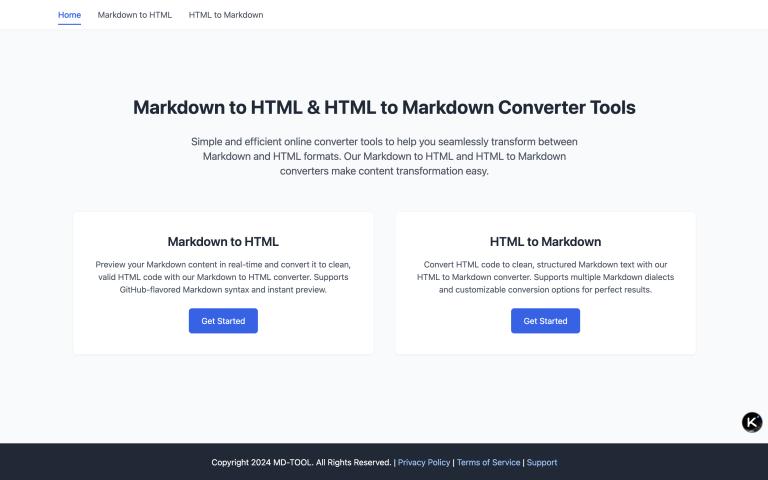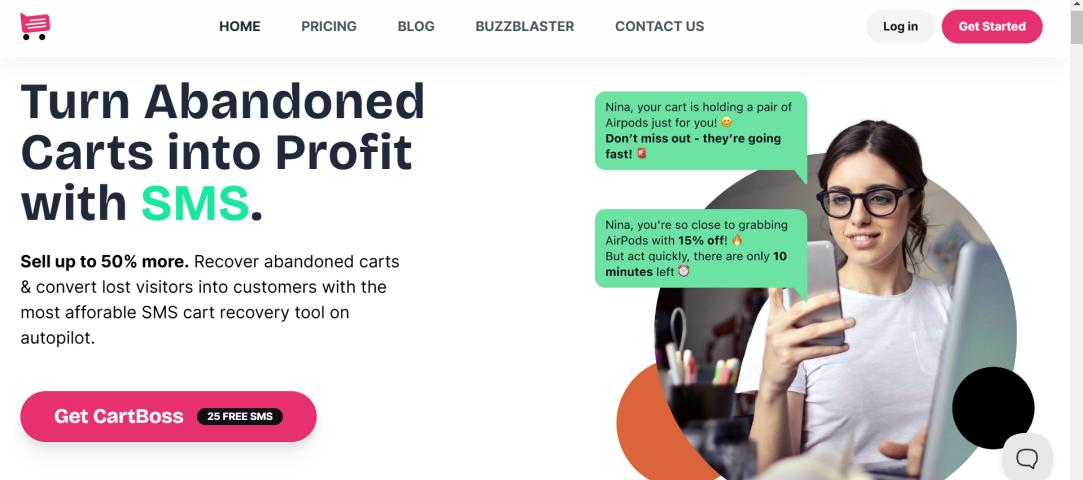In today’s digital age, gamification is revolutionizing education by making learning more engaging and interactive. By integrating game-like elements into educational apps, developers can significantly enhance user experiences, boost retention, and achieve better learning outcomes. Whether you're looking to create an educational app or improve an existing one, understanding gamification’s transformative potential is essential.
What is Gamification in Educational Apps?
Gamification refers to the use of game design elements, such as points, badges, leaderboards, and challenges, in non-gaming contexts to enhance engagement and motivation. In educational apps, it transforms traditional learning methods into dynamic and enjoyable experiences. Examples include awarding badges for completing modules or introducing progress bars to track learning.
Why Gamification Matters in Modern Learning
The demand for innovative learning solutions has driven the adoption of gamification in education. It addresses critical challenges like disengagement and low retention by leveraging the psychology of rewards and competition. Gamified educational apps cater to diverse learners, from young children to adult professionals, by creating personalized, interactive, and motivating environments.
10 Ways Gamification Can Transform Your Educational App
1. Enhanced User Engagement
Gamification captures learners' attention by making lessons enjoyable. Features like interactive quizzes, animated characters, and immersive scenarios encourage users to spend more time on the app, thereby improving learning outcomes.
Example: Duolingo’s streaks and reward system keep users returning daily.
2. Improved Learning Retention
By reinforcing concepts through repeated engagement, gamification helps users retain information longer. Cognitive science supports that learning through play strengthens memory recall and understanding.
Statistic: Gamified learning boosts retention rates by 25-60% compared to traditional methods (Source: ResearchGate).
3. Personalized Learning Experiences
Gamification enables adaptive learning, tailoring content difficulty to users’ skills and progress. Customizable avatars, achievements, and learning paths make the experience unique for every user.
4. Fostering Healthy Competition
Leaderboards and multiplayer challenges motivate learners to perform better. Friendly competition among peers drives engagement and cultivates a sense of achievement.
Example: Apps like Kahoot! integrate quizzes with leaderboards to inspire active participation.
5. Encouraging Consistency Through Rewards
Reward systems, such as badges, points, and daily streaks, encourage users to engage consistently with the app. These rewards create a sense of accomplishment, boosting motivation.
6. Promoting Problem-Solving Skills
Gamification incorporates challenges that require critical thinking and problem-solving. By presenting scenarios where learners must apply their knowledge, it bridges the gap between theory and practice.
Statistic: 70% of educators report improved problem-solving skills in students using gamified tools (Source: EdTech Magazine).
7. Making Assessments Fun
Gamified assessments transform tests into interactive experiences. Quizzes, puzzles, and scenarios make evaluations engaging rather than intimidating.
Example: Quizizz uses gamified testing to deliver instant feedback and detailed analytics.
8. Increasing Accessibility for Different Age Groups
Gamification appeals to learners across age groups. Simplified designs, interactive visuals, and engaging content ensure inclusivity for young children, while advanced features cater to older audiences.
9. Enhancing Social Learning
Collaborative games and activities foster social interaction. Features like group challenges, team-based tasks, and sharing achievements encourage cooperative learning.
Example: Google Classroom integrates collaborative tools that promote social engagement.
10. Driving Long-Term User Loyalty
Gamification builds emotional connections with users. By providing enjoyable and rewarding experiences, apps can retain users for extended periods.
Statistic: Gamified apps see a 47% increase in user retention compared to non-gamified counterparts (Source: Medium).
Challenges and Solutions in Implementing Gamification
Challenges
Over-Gamification: Excessive gamified elements may distract from educational goals.
Technical Complexity: Developing gamification features can be resource-intensive.
User Fatigue: Repetitive rewards might lose their appeal over time.
Solutions
Balance gamification with educational content to maintain focus.
Use scalable tools and frameworks like Unity or GameSalad for efficient development.
Introduce variety in challenges and rewards to keep users engaged.
Future Trends in Gamification for Educational Apps
AR/VR Integration: Augmented and virtual reality can create immersive learning environments.
AI-Powered Personalization: Artificial intelligence will enable smarter, adaptive gamified experiences.
Blockchain Rewards: Blockchain technology could offer tokenized rewards, enhancing motivation and accountability.
Example: Google Expeditions uses VR for gamified virtual field trips.
FAQs on Gamification in Educational Apps
What is the cost of adding gamification to an app?
The cost varies depending on the complexity of features but generally ranges from $10,000 to $50,000 for robust gamification integration.
How does gamification improve user engagement?
By introducing interactive and rewarding elements, gamification encourages users to actively participate and return regularly.
Can gamification work for all types of learners?
Yes, with the right balance, gamification can be tailored to suit various learning >
What are the best tools for developing gamification features?
Popular tools include Unity, GameSalad, and Gamify. These platforms streamline the integration of game-like elements.
Conclusion
Gamification is reshaping the future of education by transforming how learners interact with content. From boosting engagement to fostering critical skills, its benefits are undeniable. If you’re ready to make a lasting impact in the education industry, now is the time to create an educational app that leverages gamification to its fullest potential.















